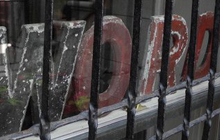The World of Leslie and D.D. Tillett…
…opened last night at the Museum of the City of New York (1220 Fifth Ave., at 103rd St.; 212-534-1672). Camilla and I were introduced to their work by Seth Tillett and Nicole Rauscher, who arranged the exhibition, a couple of years ago and have become great fans, joining ranks with Mrs. Vreeland, Jackie O, Albert Hadley & Sister Parish – all of whom The Private Libary’s worked with. Now Camilla’s working with the Tillets. She made the garments for sale in the museum’s shop.
I was particularly interested in the Tillet’s work with The Design Studio of Bedford Stuyvesant, where the designs Leslie studied in Africa – where he visited Ulli Beier and Susanne Wenger in Oshogbo! – and wrote about in his African Art in Needlework: Motifs Inspired by African Culture – were implemented, in 1969, by newly Afro-centric do-or-die Brooklynites:
“We outside Africa cannot hope to explain the wild originality of African art; indeed, such extravagance and grotesque beauty may never be fully understood. A simplistic reason for the bizarre forms of its plastic art is the perishable nature of the materials used, which calls for continued replacement and so provides the opportunity of more frequent invention than the marble and stone of classical Greece and Rome.” – Leslie Tillett
From an unsigned article:
“…The Tilletts were recruited by Jackie Kennedy, then a young widow, [and Bill Blass] to help launch Design Works of Bedford Stuyvesant. In their workshop, the Tilletts trained the entire staff; Design Works provided employment to a dozen members of the community. Offering expertise and leadership, as well as a collaborative design environment, they shared their signature techniques of silkscreen printing and mixing of dyes.
Design Works was a pilot community development project, authorized by legislation introduced by Senator Robert Kennedy, Jr.; it opened in 1969 and closed in 1978. During its existence, Design Works established a national reputation for its striking patterns and colors, inspired by African art. The Tilletts replicated this workshop model in Nantucket with The Looms and The Needlery, and the designs were sold through a retail outlet called The Cloth Company of Nantucket. For these manufacturing businesses the Tilletts utilized the local aesthetic and skills of the community.
The Tilletts used design as a tool for social change through their activism, writing, and teaching. They consulted with the foreign governments of Korea, China, Peru, and Lesotho to develop export handcrafts. The innovative style of their fabrics and garments were very much a result of global influences. Leslie Tillett also authored several books of needlework in the 1970s, examining patterns and designs inspired by both American and African motifs, as well as books about the history of Native Americans and the Spanish conquest of the Aztecs.”
The show, which runs through February 3, includes glimpse into the five-story Upper East Side townhouse (170 E. 80th St., nr. Third Ave.) where our friends Seth and Lennea grew up. Congratulations to them, Nicole & all the little Tillets on their strenuous efforts to get this up.
- Fabrication by Camilla Huey and The House of Execution.
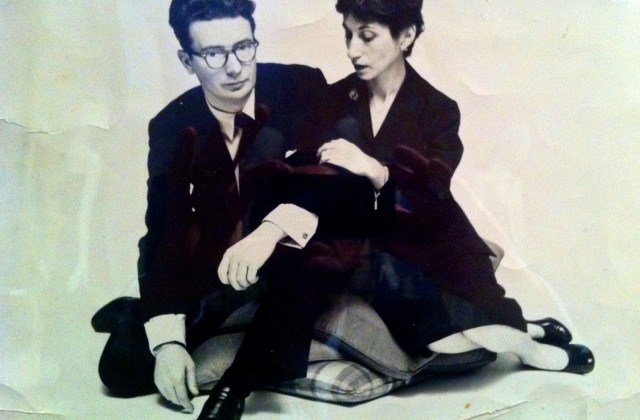

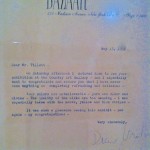

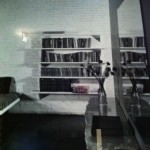

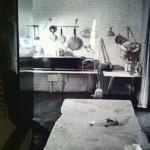
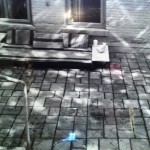
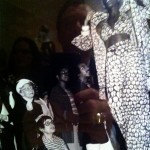
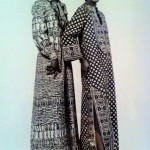
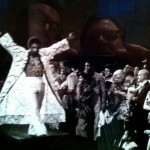
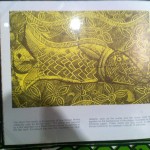
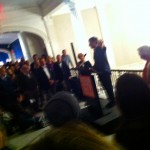
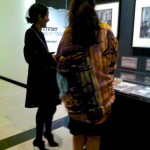
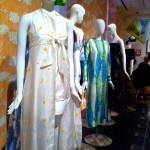
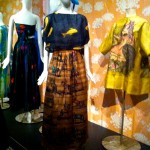
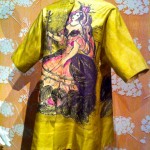
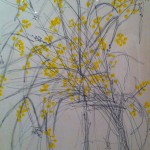
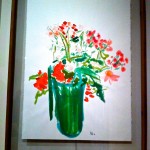
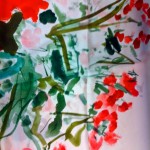
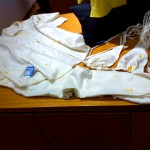
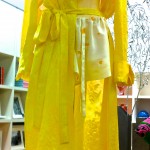
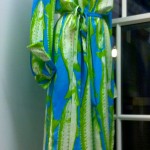
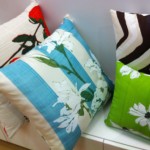
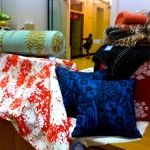
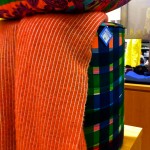
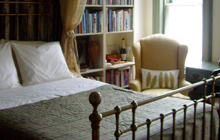 Jumel Terrace B&B
Jumel Terrace B&B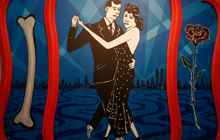 Life Turns Man Up & Down
Life Turns Man Up & Down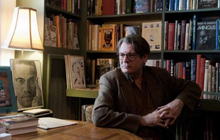 The Private Library
The Private Library